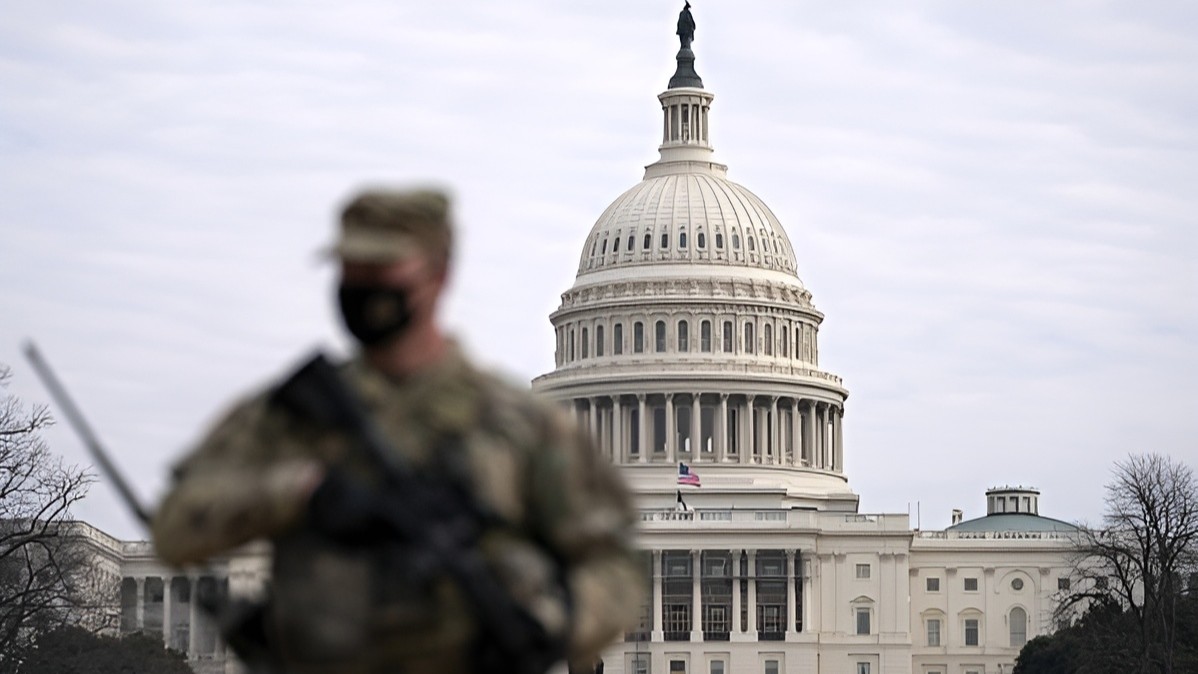No More De Facto Amnesty

Stephen Dinan | August 18, 2025
(The Washington Times) — President Trump took the adage about finding yourself in a hole and stopping digging to heart, at least when it comes to illegal immigration, where his almost miraculous improvements at the southern border have resulted in the first sustained decrease in the immigration court backlog in nearly two decades.
In little more than six months, Mr. Trump pared the Biden-era backlog of more than 4.2 million pending cases before immigration judges to 3.8 million.
Some of that is because of better efficiency in the immigration courts, officially known as the Executive Office for Immigration Review. However, “the real change has been the drop in new cases,” a senior Justice Department official said.
“That is entirely due to President Trump’s policies securing the border,” the official told The Washington Times. “It’s not a novel concept: Enforcing the law, rather than ignoring it, really does work to reduce illegal immigration and the backlog.”
Last year, under President Biden, the government averaged nearly 150,000 new cases each month, but judges completed fewer than 60,000.
Since January, the courts have averaged just 29,000 new cases monthly and completed more than 65,000.
The Executive Office for Immigration Review data is another yardstick of Mr. Trump’s staggering impact on immigration and the decisions of would-be illegal immigrants, who, for the first time in modern history, aren’t attempting to breach the border in any significant number.
The Department of Homeland Security said Border Patrol agents recorded 116 arrests along the 1,954-mile southern border one day last month. In December 2023, at the peak of the Biden border surge, agents averaged more than 8,050 daily arrests.
Andrew “Art” Arthur, a former immigration judge, said the backlog reduction is more than a brag-worthy statistic.
It means that cases of newcomers are heard sooner and those with valid claims get complete protection faster. Meanwhile, those with bogus cases can face consequences, namely, deportation. That message reverberates in their home countries, discouraging would-be migrants from attempting the journey.
The previous immigration backlog was so large that new arrivals were confident their cases wouldn’t be heard for years, giving them plenty of time to work and put down roots before the U.S. even considered deporting them.
Social media networks buzzed with stories of successful crossings, encouraging more people to attempt the journey.
All that has been reversed, said Mr. Arthur, who is now with the Center for Immigration Studies.
“Now that the backlog has come down, [immigration judges] are in a better position to issue more decisions,” he said. “The system has credibility again.”
Adriel Orozco, senior policy counsel at the American Immigration Council, said the humanitarian cost of reaching this point has been high.
Under Mr. Trump’s border emergency, migrants are blocked from entering and those who do cross the border are increasingly likely to face criminal prosecutions for illegal entry or reentry. They never get a chance to ask for asylum, which means no immigration proceeding is opened, he said.
“People at the border are no longer able to present protection cases for asylum,” Mr. Orozco said.
The Trump administration has boosted its detention capacity. Mr. Orozco said that means illegal immigrants who once were released to await their court dates, often years in the future, are now held and put in front of judges in a matter of weeks.
Some of them are simply deciding not to move forward with their cases, Mr. Orozco said.
If Homeland Security is the “law,” the Justice Department’s immigration courts are the “order,” delivering consequences to those in the U.S. without authorization.
Unlike criminal courts, where guilt or innocence is at stake, immigration judges deal with admissibility. The consequence isn’t prison but rather an order of deportation.
As the court backlog grew, it became a de facto amnesty for many illegal immigrants.
Toward the end of the Obama years, the backlog topped 750,000 cases. It doubled during Mr. Trump’s first term to more than 1.5 million. The numbers spiraled out of control under Mr. Biden, with cases surging past 4 million.
As of Jan. 20, the immigration courts had 4,173,595 cases. The number dropped to 3,782,563 as of the end of July, even as the Justice Department was criticized for firing some immigration judges brought on board during the Biden era.
The senior department official wondered why the Executive Office for Immigration Review would want to keep the judges who created the backlog in the first place.
“Retaining the individuals who created the mess and then expecting them to be able to clean up the mess they created is dumb,” the official said.




















